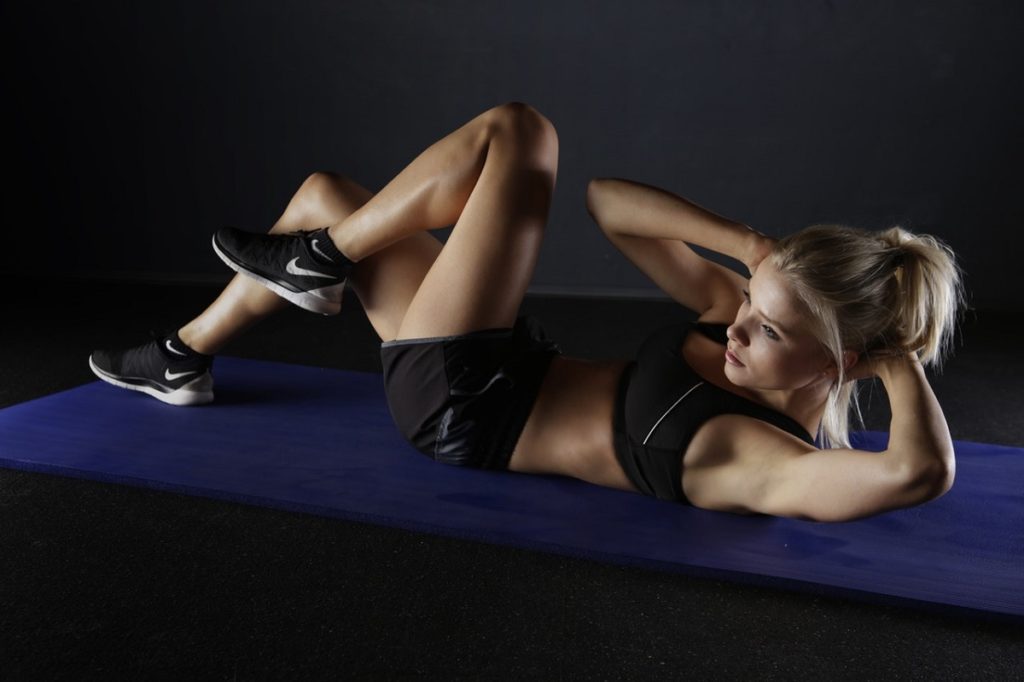Going to the gym and lifting with your friends has become one of the most popular hobbies in recent times. And it’s not hard to see why. Sharing the struggle of working out and everyone coming out of the training with adrenaline and endorphins can be quite an addictive experience. However, throughout your fitness journey, it might eventually stop becoming a “fun group activity,” and you might want to take it to the next level.
If you’re beginning to feel that but don’t know what to target next or where to start, why not make it a goal to make your body symmetrical? If you’re not sure what a “symmetrical body” means, let’s talk about it first.
Defining “Symmetrical” In Fitness Terms
Bodybuilders don’t just aim for the biggest muscles and leanest body fat percentage. They’re also after that X shape, from the shoulders to the quads, or the V taper that makes their shoulders look broad and their hips small. This sense of proportion, when both ends of the body are relatively similar in statistics, is what symmetrical means. It’s the beauty that many bodybuilders are after: famed bodybuilder Steve Reeves even came up with a way to calculate the ideal proportions based on your height and bone measurements.
Why Bother with Symmetry
You might be thinking that symmetry isn’t that important. As long as you have big muscles and a low body fat percentage, it’s enough. While it can be, in some instances, it still benefits you to pay attention to your physical symmetry. For example, you’d want to look your best when it’s your big day. Everyone would turn to look as you walk into your wedding venue. And training for physical symmetry is the best way to achieve that.
Simply working out without minding symmetry can lead to side dominance or even instances where you look top-heavy. We often hear people jeer or laugh at “bicep bros” or those with “chicken legs,” and it’s hard not to see why. The sheer image of an imbalanced body is enough to make people look the other way, so if you want to avoid this, paying attention to symmetry when training is essential. Here’s how you can achieve a symmetrical body.
-
Full-body Workout
You need to train your entire body to achieve a level of symmetry. However, many people don’t know that the best way to accomplish this isn’t through the commonly found “bro split” of one body per week. It’s through full-body training three times a week.
Instead of dedicating three to six exercises for a body part, doing two to three exercises every session can help you develop better functional strength. At the same time, it can promote symmetrical growth. Interestingly enough, this is also the strategy of Golden Era bodybuilders, arguably the era where many physique athletes carried a very symmetrical body.

-
Emphasis on Form
You most likely know and understand the value of doing an exercise correctly. However, for your muscles to grow and develop symmetrically, there should be more emphasis on performing the correct form. Paying attention to how you work on each side of your body is required- and that’s something that many casual gym-goers don’t pay attention to. Putting in the effort to make sure each motion is correct will do a lot in developing weaker points and will result in an overall sharper physique.
-
Work Against Side Dominance
Of course, we already mentioned the importance of form, but there should also be a conscious effort to fight our natural side’s dominance. Some people are left or right side dominant, unintentionally putting more effort on their strong side while letting the weaker one lag. When working against side dominance, it’s important to use machines and equipment that allow for single body movement, so you can truly focus and zone in to correct the form for that body part.
-
Train the Smaller Muscles, Too
Here’s something most gym-goers aren’t aware of: to make your body look symmetrical overall, you need to train the smaller ancillary muscles. Body parts like the rear deltoids, forearms, calves, hamstrings contribute to giving you a better physique. Don’t overlook them just because they’re smaller muscles. Ancillary or vanity muscles contribute to overall body symmetry and should never be ignored.
Never symmetry in your fitness journey. It’ll help you have a better and healthier physique, and you’ll feel stronger overall as it balances your muscles. It might feel strange at first, but once you get used to it, training your whole body for symmetry will come easy.



